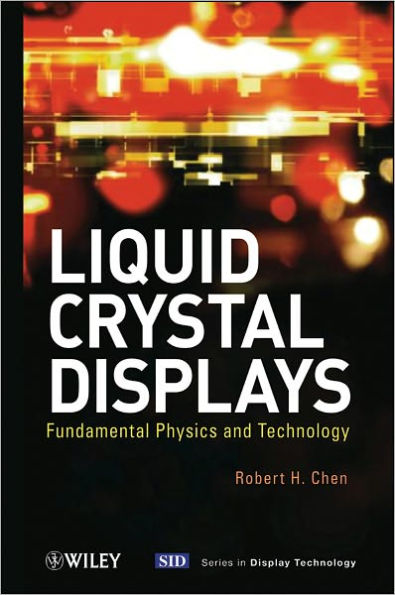5
1

Liquid Crystal Displays: Fundamental Physics and Technology
518
Liquid Crystal Displays: Fundamental Physics and Technology
518Related collections and offers
98.0
In Stock

Product Details
| ISBN-13: | 9781118084342 |
|---|---|
| Publisher: | Wiley |
| Publication date: | 08/04/2011 |
| Series: | Wiley Series in Display Technology |
| Sold by: | JOHN WILEY & SONS |
| Format: | eBook |
| Pages: | 518 |
| File size: | 10 MB |
About the Author
What People are Saying About This
From the B&N Reads Blog
